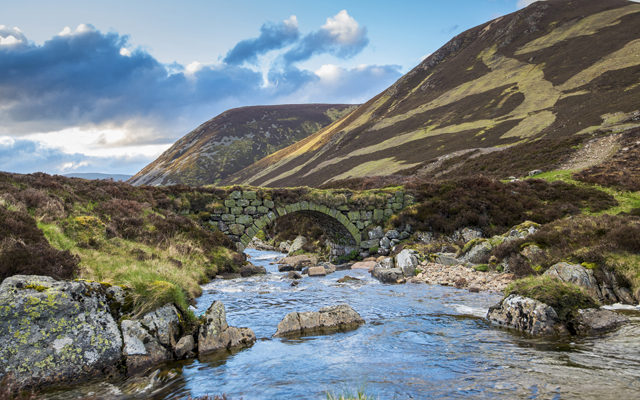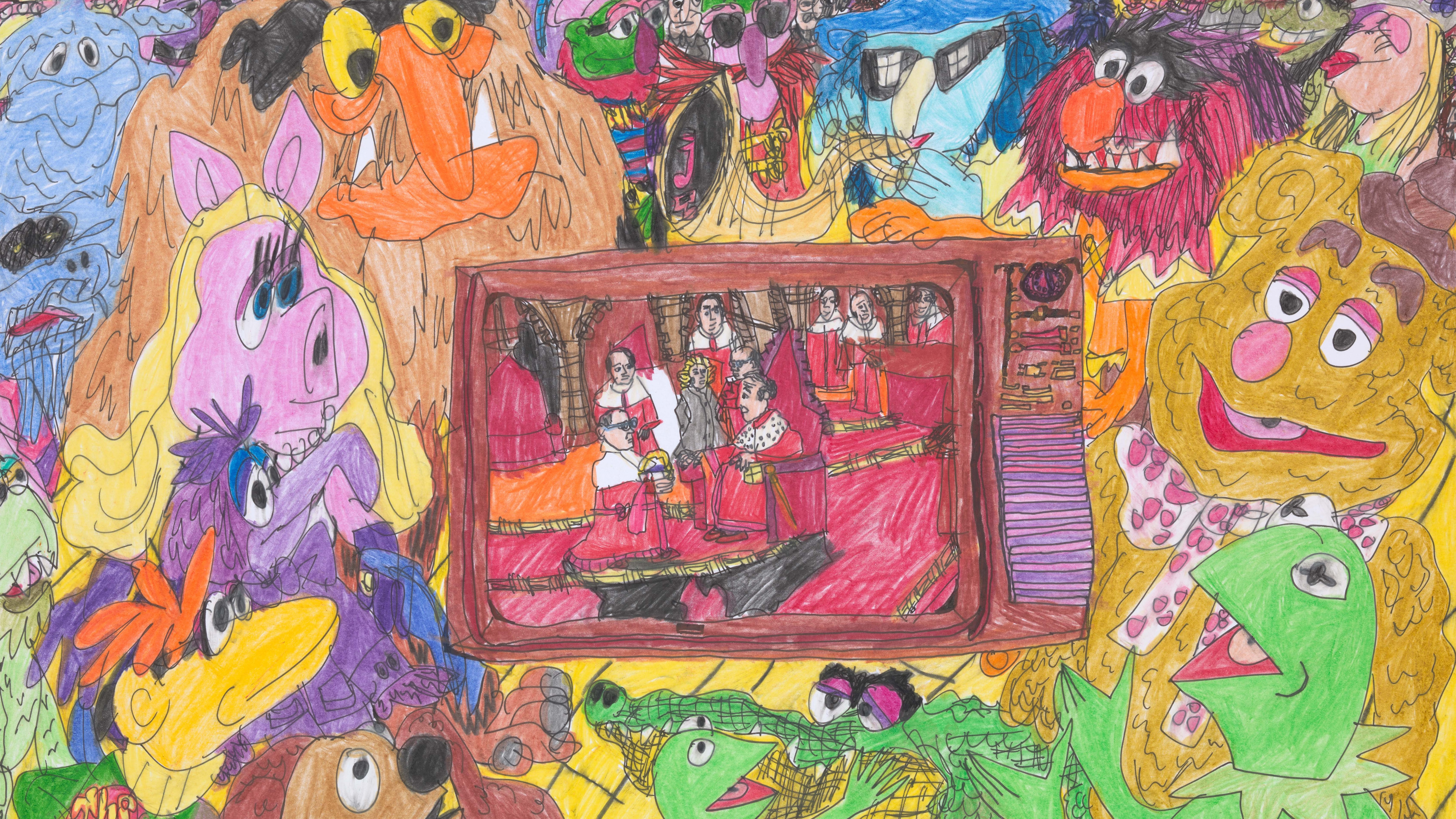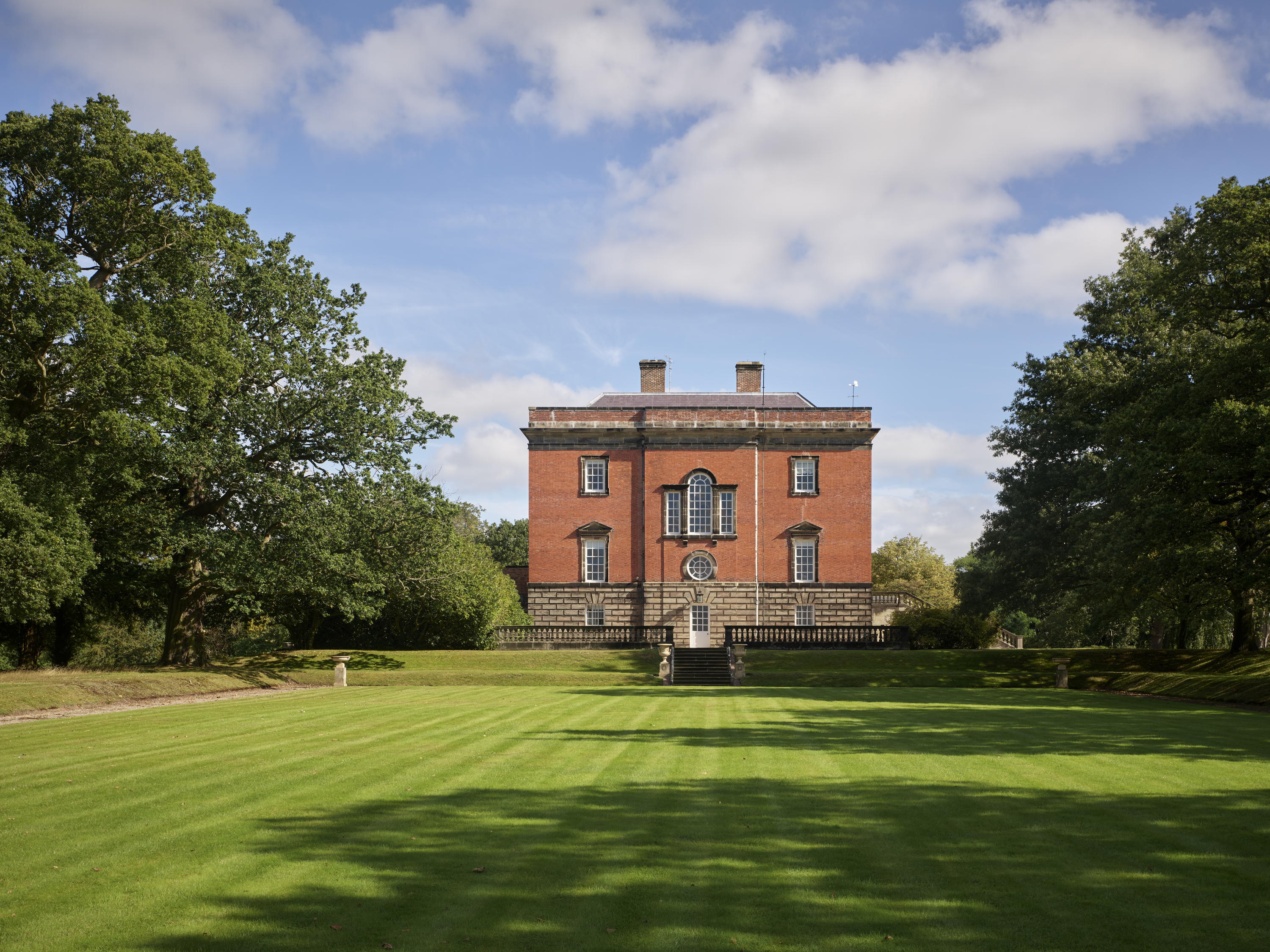The powerful nature of rivers
We look at the effect rivers have on the human condition.


For as long as he can remember, Charles Rangeley-Wilson has been powerfully drawn to rivers. He looks back on his lifelong affection for them and asks what it is that entrances us about swirling, churning water
A few years ago, I was putting together a short film about chalkstreams. I made a point of stopping passers-by to ask what their local river meant to them how they’d feel if, for example, water abstraction dried it up so that there was nothing left but a few puddles in a ditch.
The scenario wasn’t as ludicrous as it sounds: the film was about why this had happened to rivers such as the Misbourne and Beane. I spoke to people beside rural rivers such as the Itchen and urban streams such as the River Wandle in London.
But it didn’t matter whom I asked or where I was the answers were more or less all the same. The idea of a vanished river was too awful to contemplate. Rivers are life-affirming, they said. Rivers tranquilise the soul and they’re the heart of a valley or a town. They are, quite simply, wonderful places to walk and think and get away from it all.
Mole had it right in The Wind in the Willows when he woke one spring day and, bored with the housekeeping, took a stroll outside and found a river: ‘All was a-shake and a-shiver glints and gleams and sparkles, rustle and swirl, chatter and bubble. The Mole was bewitched, entranced, fascinated.’
It must be lovely, Mole said to Ratty (his host for the day), to spend time by a river. ‘By it and with it and on it and in it,’ replied Ratty. ‘It’s my world, and I don’t want any other. What it hasn’t got is not worth having, and what it doesn’t know is not worth knowing. Lord! The times we’ve had together!’
The first river that entranced me was a tiny stream near our home in Norfolk, although I only ever saw it from a bridge as we drove by each fortnight. I’d ask my Dad to slow down and, in the end, he got so used to the request that he’d do it without me asking. The river fell over a small cascade there: it was all ‘swirl, chatter and burble’, just as Mole observed. Watching it flow, if only for a few seconds, seemed to feed a deep and instinctive fascination.
Sign up for the Country Life Newsletter
Exquisite houses, the beauty of Nature, and how to get the most from your life, straight to your inbox.
Once I was old enough, I started finding my own way to rivers. I found them in the grounds of my boarding school in Sussex or stringing loughs together near my godmother’s home in Co Kerry. When we moved to Warwick, I found the Avon where it flowed under the castle walls: I located its back-streams and mill leats and tributaries. On a school field trip to Wales, I gravitated towards the local stream and threw orange peel into it to study the way the currents flowed. Later, at art school, I took long walks with my sketchbook up the Thames and the Cherwell. I drew the water and the water drew me.
I don’t ever feel as fully alive as when I am beside or (better still) in a river, engaged with its swirls and currents and the life within it. That engagement might have become more sophisticated, taking the form of fly-fishing or study, but, at its heart, it always remains like the entrancing wonder that Mole felt that first day. And,I’m sure, although I may have fallen harder than many, that instinctive fascination and wonder is felt by more or less everyone in the presence of a flowing river.
Who sits with their back to a river?
In Seurat’s painting of Parisians by the Seine at Asnières, every face looks outwards over the water. Adults and children alike are pulled towards the current. And why not? There’s little in life more joyful than floating sticks down a river or paddling in it.
The very slightly more grown-up pursuits of fishing or boating are really just versions of the same thing. Touring the coast of Suffolk, the author W. G. Sebald asked what it was that drew anglers to the shoreline. It wasn’t really, he decided, the prospect of catching fish, but the idea of being able to just sit quietly, with the world behind them and ahead only emptiness.
Once upon a time, we venerated rivers quite specifically: each had its deity. Now, the druids are (mostly) gone, but water remains the vital symbol of Christianity: we are baptised in it. What is it about rivers that is so fascinating, so life-affirming, so cathartic and soothing? It’s easy to forget, I suppose, that they were once integral to our survival. Practically every town, city and village is where it is because of a river, or at the very least a source of water, such as a spring.
Although our knowledge of the necessity of running water is sometimes buried by the worries and busyness of life, when we move towards water, we are responding to something as ingrained as breathing.
Country Life is unlike any other magazine: the only glossy weekly on the newsstand and the only magazine that has been guest-edited by HRH The King not once, but twice. It is a celebration of modern rural life and all its diverse joys and pleasures — that was first published in Queen Victoria's Diamond Jubilee year. Our eclectic mixture of witty and informative content — from the most up-to-date property news and commentary and a coveted glimpse inside some of the UK's best houses and gardens, to gardening, the arts and interior design, written by experts in their field — still cannot be found in print or online, anywhere else.
-
 Kermit the frog, a silver-horned goat and Charles III’s 69ft-long coronation record star in a groundbreaking exhibition
Kermit the frog, a silver-horned goat and Charles III’s 69ft-long coronation record star in a groundbreaking exhibition‘Happy & Glorious’, at the The National Archives in Kew, captures the spirit of the King’s coronation with works by eight contemporary artists alongside the official roll of the day — and that of Edward II’s crowning in 1308.
-
 Radbourne Hall, Derbyshire: The Palladian masterpiece reborn as a 21st century family home
Radbourne Hall, Derbyshire: The Palladian masterpiece reborn as a 21st century family homeJohn Goodall takes a look at the incredible resurrection of Radbourne Hall.